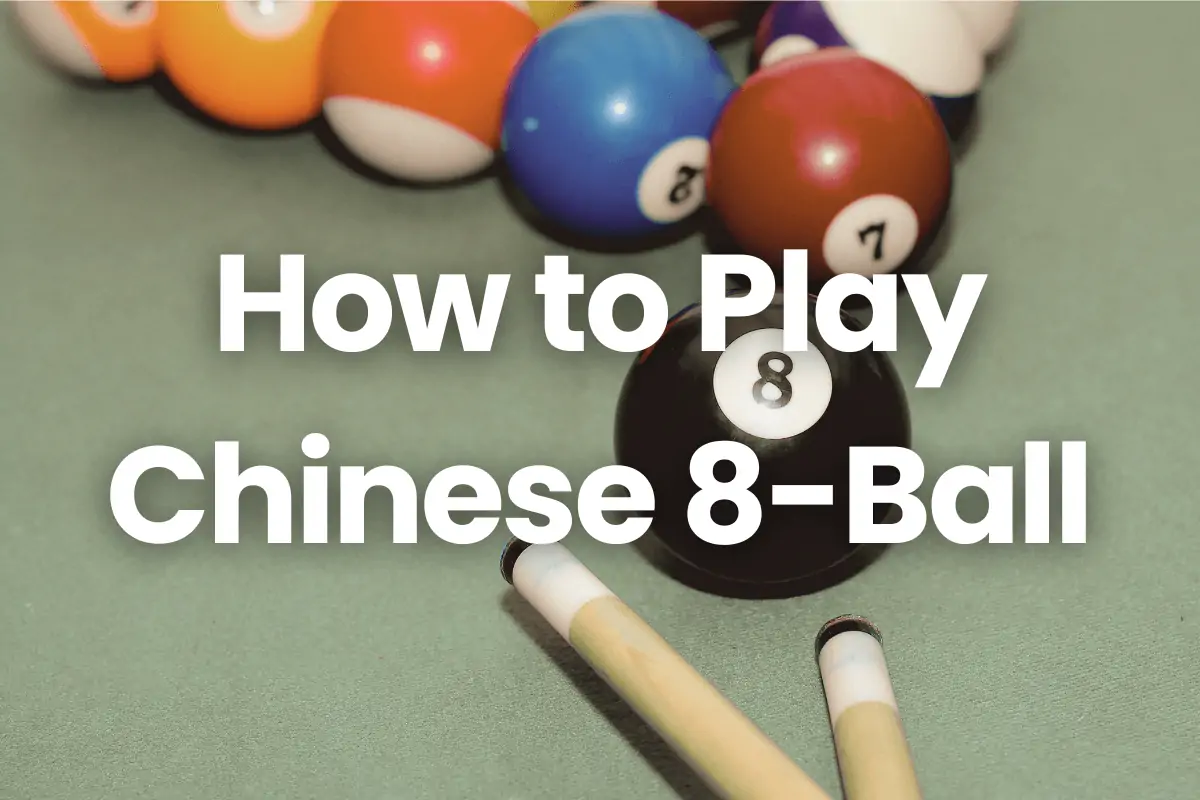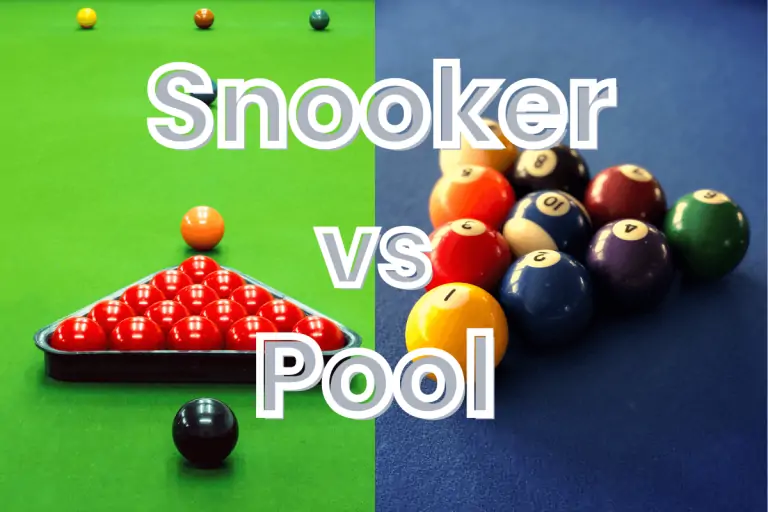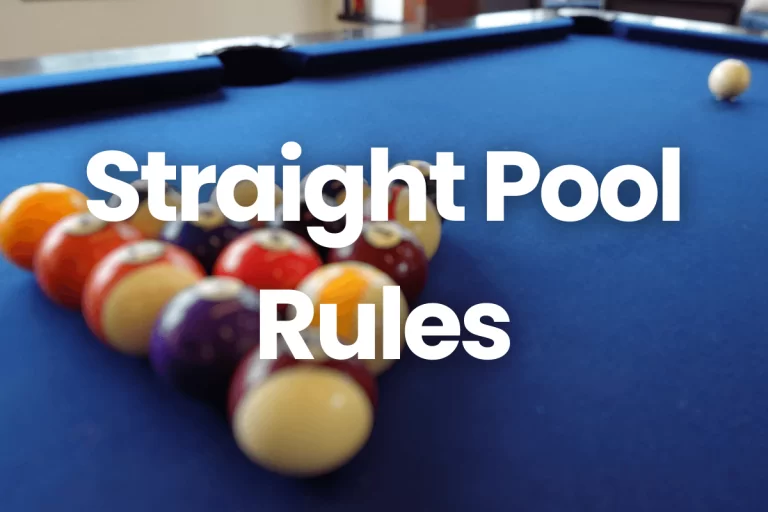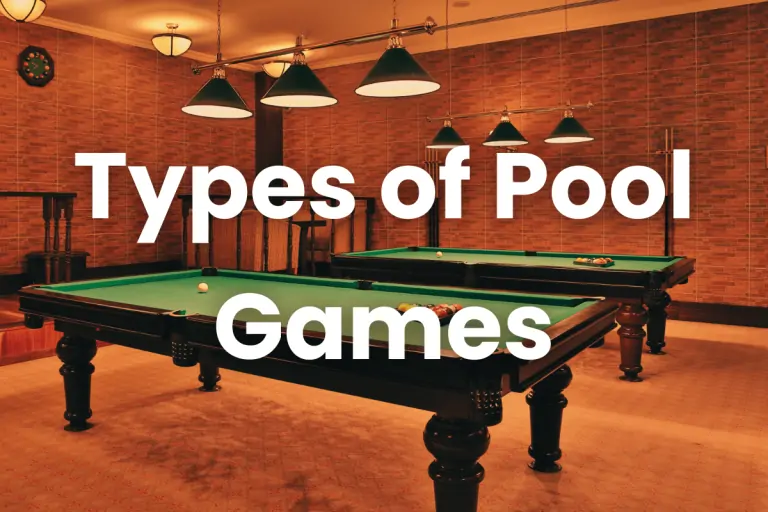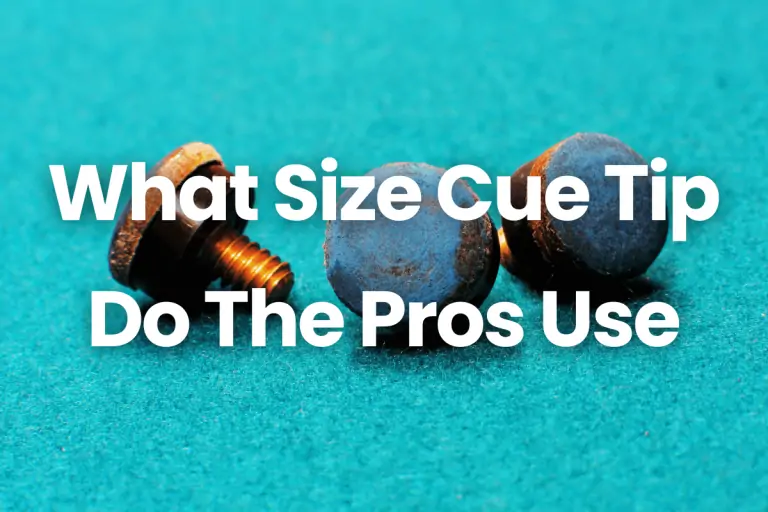Unlock the Fun of Chinese 8-Ball: Simple Rules & Expert Tips (2024)
Welcome to the dynamic world of Chinese 8-Ball, a thrilling blend of snooker and traditional pool that’s captivating players globally. Understanding its rules is crucial, whether you’re aiming to enjoy a casual game or aspire to compete at higher levels. This guide offers a clear, comprehensive rundown of the essentials, ensuring you’re well-equipped to dive into this exciting game with confidence. Let’s embark on this journey to master the fascinating nuances of the Chinese 8-Ball!
What is the Chinese 8-Ball?
History and Origins of Chinese 8-Ball
Chinese 8-Ball, a fascinating cue sport, is a unique fusion of snooker and traditional pool, originating from China. It emerged in the late 20th century, gaining popularity in the 1990s as China sought to develop its variant of pool games. Its creation reflects China’s enthusiasm for billiards and its desire to blend the best of both worlds – the precision of snooker and the pool’s accessibility.
Comparison with other pool games
Unlike other pool games, Chinese 8-Ball is played on a smaller snooker table, typically 9 feet long, combining the tight pockets of a snooker table with the numbered balls of a traditional 8-Ball pool. This combination demands greater accuracy and strategy, making it uniquely challenging and appealing. The balls are larger than those used in American pool but smaller than snooker balls, requiring a delicate balance of power and precision in shots.
The game’s rules are somewhat similar to 8-Ball pool, but the playing experience is markedly different due to the table’s design and ball size. Players find the Chinese 8-Ball to be a test of both their pool and snooker skills, making it a favorite among enthusiasts who appreciate the complexities of cue sports. Its blend of two worlds has made it a distinctive and popular sport, especially in regions where both pool and snooker are beloved.
How to Play Chinese 8-Ball
Basic Equipment Used in Chinese 8-Ball
In Chinese 8-Ball, the equipment is a distinct blend, combining elements of both pool and snooker:
Table: The table is usually 9 feet, larger than a pool table but smaller than a standard snooker table. The key feature is its pockets, which are tight and rounded like those on a snooker table, demanding more accuracy in shots.
Balls: Unlike the traditional 8-Ball pool, the Chinese 8-Ball uses a set of balls like 8-Ball pool that are similar in size to snooker balls, which are slightly larger and heavier than standard American pool balls. This requires players to adjust their playing style for the different ball dynamics.
Cue: The cue in Chinese 8-Ball is more akin to a pool cue, being heavier and thicker than a snooker cue. This is to accommodate the heavier balls used in the game, allowing for better control and power in shots.
Setting Up the Game
The game begins with a standard rack of 15 object balls, positioned in a triangle at the foot of the table. The black 8-ball is placed at the triangle’s apex, with a solid and a stripe at the other two corners. The rest of the balls are arranged randomly within the triangle.
The cue ball is placed at the head of the table, and players decide who breaks the rack through a coin flip or a similar method.
The objective of the Game
The main goal in Chinese 8-Ball is to pocket your designated group of balls (either solids or stripes) and then legally pocket the 8-ball, doing so before your opponent.
Basic Rules of Chinese 8-Ball
- After the break, players must call their shots, indicating the ball and pocket. This rule applies to every shot except for the break.
- A player continues their turn as long as they legally pocket a ball and don’t commit a foul.
- Fouls include failing to hit your own ball first, not hitting a rail after contact, potting the cue ball, or potting an opponent’s ball.
- After a foul, the incoming player gets the cue ball in hand, meaning they can place it anywhere on the table.
- A player wins by legally potting all their group of balls, followed by the 8-ball in a called pocket. However, if a player pockets the 8-ball out of turn or pockets it on the same shot as committing a foul, they lose the game.
Breaking in Chinese 8-Ball
The break shot in Chinese 8-Ball is a critical part of the game, setting the tone for the match. Here are the key rules surrounding the break shot:
- Positioning for the Break:
- The player breaking must place the cue ball anywhere within the “kitchen” or the area behind the head string.
- Execution of the Break:
- The objective of the break is to scatter the balls. The player must strike the cue ball to hit the racked balls. The break is considered legal if at least one ball is pocketed, or at least four object balls hit the rails.
- The outcome of the Break:
- If the player pockets a ball on the break, they continue their turn. If no ball is pocketed, the turn passes to the opponent.
- If the player pockets the cue ball (‘scratches’) or drives the cue ball off the table, it’s a foul. The incoming player then gets the cue ball in hand.
- Fouls on the Break:
- Apart from scratching, a break is also considered a foul if the balls are not properly scattered (less than four balls hitting the rails), or if the racked balls are not hit at all.
- After a foul break, the incoming player can choose to re-rack and break themselves or play from the current position with the cue ball in hand.
Turns and Fouls in Chinese 8-Ball
In Chinese 8-Ball, understanding turns and fouls is crucial for strategic play. Here’s a breakdown…
Understanding Turns
- A player’s turn begins when they make a legal shot and continues as long as they legally pocket a called ball.
- If a player fails to pocket a called ball, commits a foul, or pockets the cue ball (scratch), their turn ends, and the opponent takes over.
- The game alternates between players until someone wins by legally pocketing all their designated balls (solids or stripes) and the 8-ball.
Different Types of Fouls
Foul on the Break: This includes a scratch (cue ball pocketed), not hitting the racked balls, or failing to drive at least four balls to the rails.
No Contact Foul: Failing to hit any balls with the cue ball.
Wrong Ball First: Hitting the opponent’s ball before your own.
Cue Ball Scratch: Pocketing the cue ball at any point during a shot.
Potting the Wrong Ball: Illegally pocketing an opponent’s ball or the 8-ball prematurely.
Jump Shot or Push Shot: Any illegal or improper shot, like a jump shot not executed according to the rules.
Penalties for Fouls
- After a foul, the incoming player usually gets “ball in hand,” meaning they can place the cue ball anywhere on the table for their next shot.
- Continual fouling can lead to further penalties, depending on the specific game’s rules and the context of the match.
Winning the Game
Winning in Chinese 8-Ball is straightforward in terms of objectives but requires skill and strategy to achieve. Here’s how a player secures victory:
Pocketing Your Group of Balls:
- First, a player must legally pocket all the balls in their assigned group (either solids or stripes). This must be done by calling each shot, including both the ball and the pocket where it will be sunk.
Legally Potting the 8-Ball:
- After clearing their group of balls, the player must then call and legally pocket the 8-ball. The shot for the 8-ball must be announced in terms of both the ball and the intended pocket.
- The 8-ball must be pocketed only after all the balls in the player’s group are cleared from the table.
Avoiding Fouls:
- When aiming to pocket the 8-ball, any foul (such as scratching the cue ball, potting the 8-ball in the wrong pocket, or potting it alongside an opponent’s ball) results in an immediate loss.
Conclusion
Chinese 8-Ball offers a fascinating mix of snooker and pool, providing a unique and engaging experience. Grasping the rules and honing your skills is key to enjoying and excelling in this game. As you delve into this captivating world, remember to practice regularly and enjoy each match. For continued growth, explore online resources, connect with player communities, and observe professional games. Embrace the challenge and the fun that Chinese 8-Ball brings to the table!
FAQs
Can I play Chinese 8-Ball on a regular pool table?
Technically, you can play Chinese 8-ball on a regular pool table, using standard 8-ball balls. However, the experience might not be ideal. Chinese 8-ball tables are slightly smaller with different pocket sizes and cushions, potentially impacting gameplay and shot difficulty. For a more authentic and enjoyable experience, playing on a dedicated Chinese 8-ball table is recommended.
Can I use a regular pool cue for Chinese 8-Ball?
Yes, you can use a regular pool cue. Chinese 8-Ball cues are similar to pool cues, being thicker and heavier to accommodate the slightly larger balls used in the game.
Is the rack the same as in the traditional 8-Ball?
Yes, the rack in Chinese 8-Ball is similar to the traditional 8-Ball. The balls are racked in a triangle at the foot of the table, with the black 8-ball in the center.
Can two players share a cue in a game?
Yes, two players can share a cue. However, having your cue can help in getting accustomed to the weight and feel, which is beneficial for consistent play.
Are jump shots allowed in Chinese 8-Ball?
Typically, jump shots are not allowed in Chinese 8-Ball. The rules are more aligned with snooker in this regard, emphasizing skillful play on the table surface.
How long does an average game of Chinese 8-Ball last?
The duration can vary widely depending on the skill level of the players. A game can last anywhere from 10 minutes to over an hour in matches between highly skilled players.

